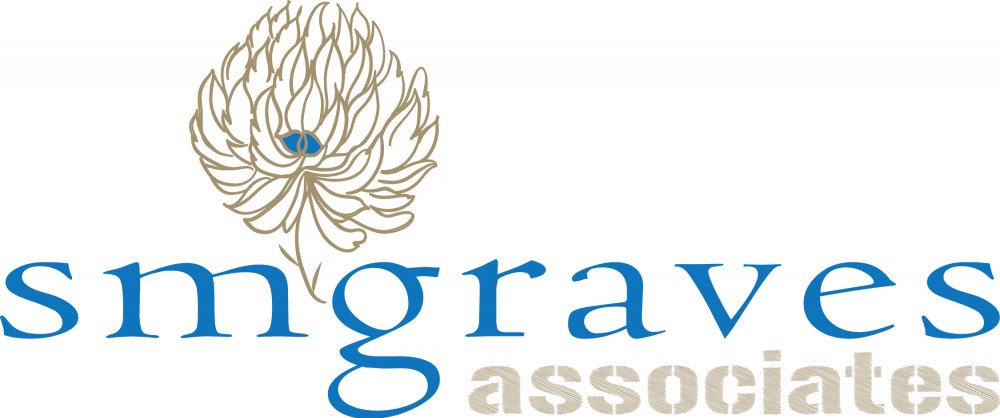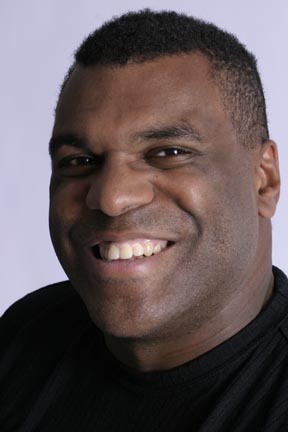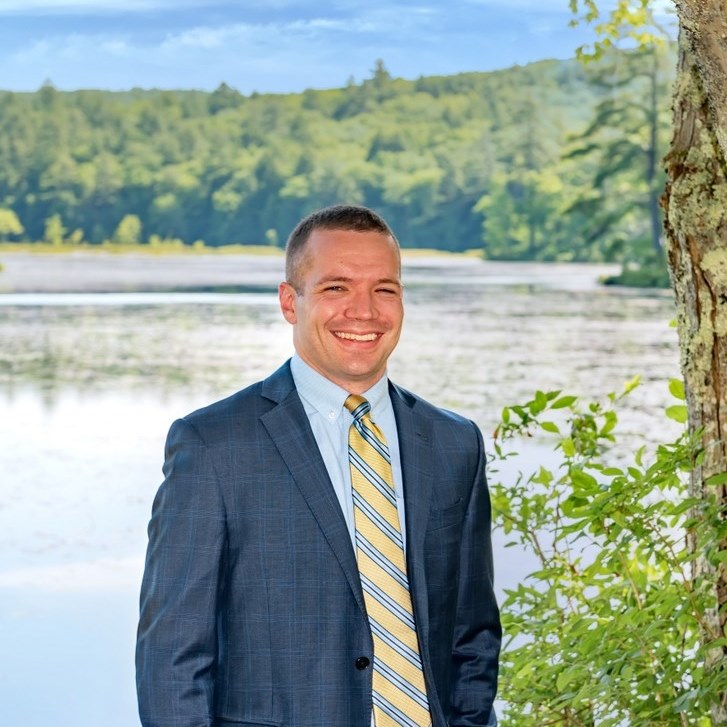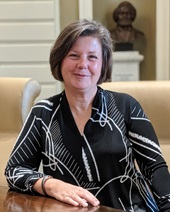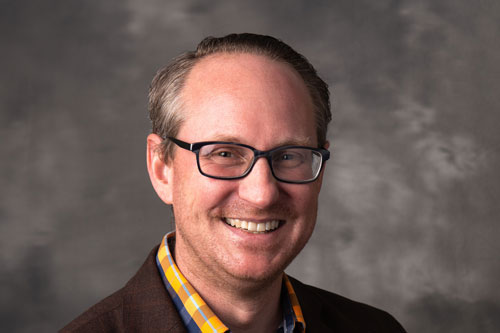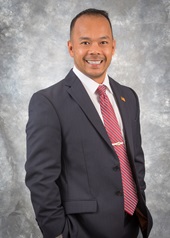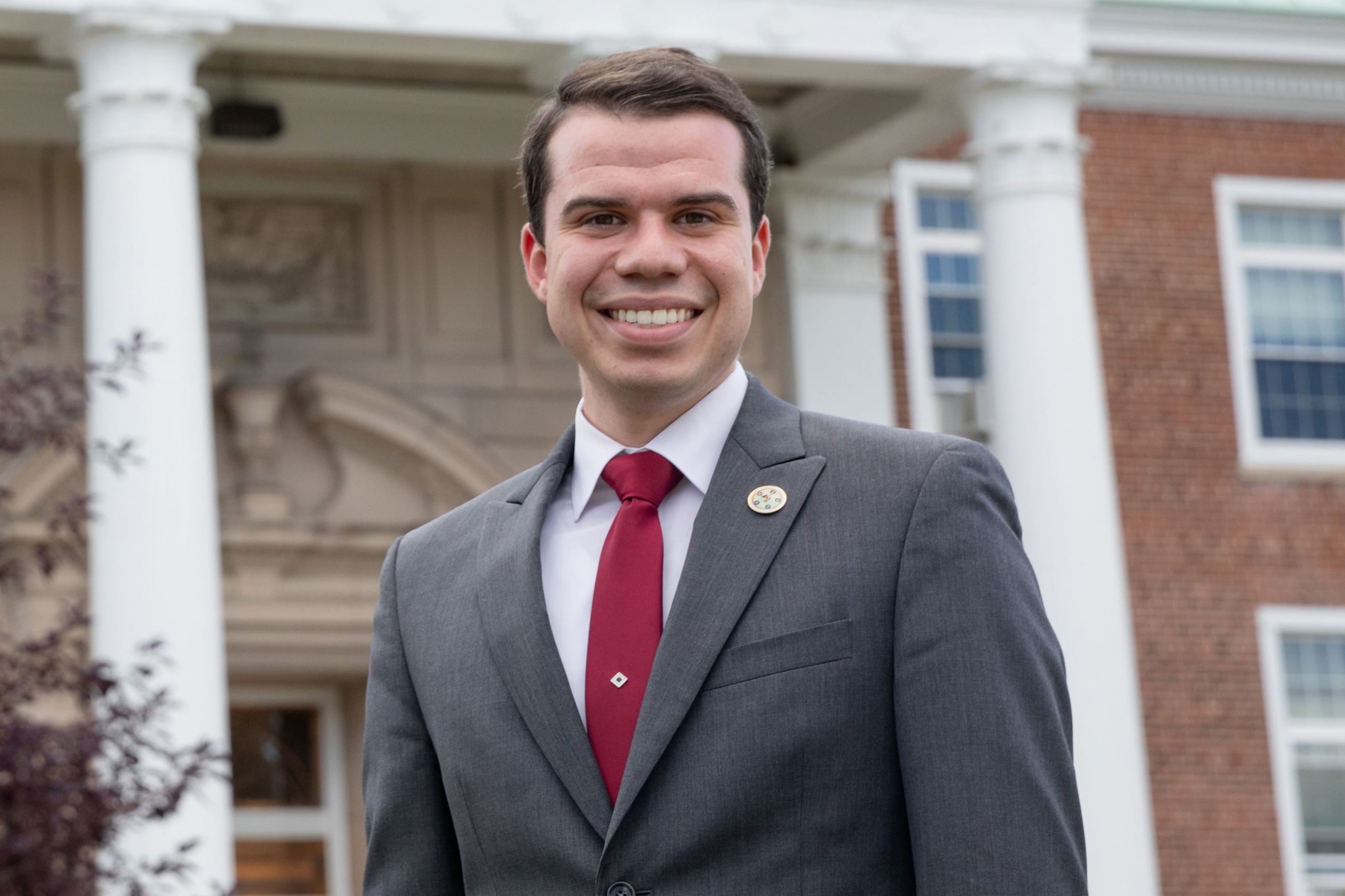Where’d you go, Willy Gillis?
SMG's 'Are We Here Yet?' Podcast
Find our complete roster of podcasts

Essays From An Artist
I recently engaged in conversation with two local neighbors, a long-standing local business owner and a former elected official who offered their opinions on my support for a ‘return’ to investments in transforming our city’s core into a walkable, bike-able, densely populated urban center. 
Scotts on the Rocks Politica Podcast


Memorie$ – Norman Rockwell’s “Willie Gillis in Convoy”
The Gardner Citizenry once owned a masterpiece painting, created by the world-famous artist, Norman Rockwell.
The painting is called “Willie Gillis in Convoy,” created by Rockwell in 1943.
Norman Rockwell did a series of “Willie Gillis” paintings. In fact, there were twelve of them. All but ours made it to the cover of The Saturday Evening Post in the WWII era.
How did the City of Gardner get this masterpiece? In the 1950s, Gardner High School principal F. Earl Williams wanted to create an art collection at GHS (which he did do). He visited Rockwell at his Vermont studio to buy one of Rockwell’s paintings.
Anyway, Rockwell was impressed that one of his paintings would be hung in an art collection that Williams was creating, to be looked at by, and to inspire, the young people of Gardner forever. So, he just gifted the painting to Williams for that purpose.
In 2014, the Gardner School Committee believed that the painting, which was to hang at GHS for students to enjoy forever, would be better if traded for money. So, without City Council notice or approval, the School Committee, and Mayor Mark Hawke, sold the Citizenry-owned property in 2014 for $2.285 million.
Whether you agree that the Citizenry elects School Committee members to divest the Citizenry of multi-million dollar City-owned property, or whether you think that that should be something left to the elected Mayor (Executive Branch) and the elected Legislative Body (the 11 City Councillors), it’s gone.
Rockwell’s “legacy” is now money.
Speaking of money, the School system would be in great shape if someone has donated something like Jackson Pollocks “No. 5” painting. The Gardner School Committee would have got $140 million for it. Our Schools would be the best in the Commonwealth – while the rest of the City would have remained, well, as is.
What can the money be used for? When the Williams-Rockwell Educational Gift Fund was set up, Mayor Hawke told reporter, Michael Hartwell, “basically, any sort of educational purpose.”
The law establishing the Fund provides that its purpose is for “inspiring and supporting the educational activities of the Gardner public schools.”
Part one of the Fund (Section 2(a) of the Fund) states this: “Fifty percent (50%) for providing scholarships for students pursuing academic endeavors; support of academic and athletic programs in the Gardner Public Schools; professional development for faculty; and grant making and support for related programs throughout the Gardner school district.”
The language is bad. Does the “and” mean all four things listed must get part of the 50%, or can less than 4 (or only 1) get the whole 50%?
I think it means that only one of them can get the whole 50%. So, for example, the whole 50% can be spent on “professional development for faculty,” and nothing else.
Part two (Section 2(b) of the Fund) uses essentially the same language, except instead of academic purposes, the 50% has be used on arts programming.
Just as in Section 2(a), this other 50% can all be used for “professional development for faculty,” and nothing else (that would mean the full 100% of spending from the Fund would be for “professional development for faculty,” and nothing else).
Anyway, there have been questions about whether the Fund money can be expended for sound equipment, or lighting, or seating, or whatever, in Landry Auditorium.
Nothing in the Fund allows for that, obviously.
First of all, does a theatre seat succeed in “inspiring and supporting the educational activities of the Gardner public schools”? If yes, then so does a toilet.
Secondly, does the actual Fund language in Section 2 allow for this? The closest thing would be “promotion of arts education in the Gardner public schools” in Section 2(b).
First of all, the City Council fought for that Section so that the money would be used directly for the arts programs, not on school infrastructure – that’s what the regular School Budget is for.
More importantly, that sentence goes on to explain what is being “promoted” with the money by giving specific examples (of the kind that the money can be spent on): “including, but not limited to painting, sculpture, dance, music, theater and any and all related programs.”
So, Fund money must be used on specific art programming (or, if you want to use Section 2(a), academic programming).
Infrastructure, whether it’s new lighting, carpeting, flooring, electrical work, painting, ceiling tiles, a new roof on the auditorium, etc. is not “promoting” an “arts program,” as the specific language (and the intent/meaning of the drafters) requires.
Here, the text, the intent, and the meaning (the big-three of statutory construction, if you will) together eliminate any chance that the Fund can be used for seating, flooring, lighting panels, etc.
To say that seating (or a lighting control panel), for example, is something that “promotes” art programs, or programming, within the text and meaning of the statute would render the entire Section 2 meaningless. That would mean that the money can be spent on anything to do with the school infrastructure – even if it has nothing practicably to do with the actual art program you are claiming to be “promoting.”
For example, you could not have the Norman Rockwell School of Illustration at Gardner High School, without somewhere to go to the bathroom. Using the present logic (i.e., that the money can be spent on seats) – the Rockwell money could be used for new toilet seating.
If the Rockwell “legacy” can be used for toilet seats, etc. – then the specifications listed in Section 2(a) and 2(b) would be rendered meaningless and nonsensical.
The Citizenry has no say in how the money is spent. Spending is determined and controlled solely by the Fund’s Board of Trustees – which is comprised of members who are not elected to be there by the Citizenry. They are there by virtue of their positions, or by special appointment.
For Art & Politics
Ep. 37 Your Town, Built Stronger
Ep. 39 A Builder of Culture
The Friday Group: Building Grassroots Political Movements
Ep. 38 People Right Next Door
Weaponization
Ep. 34 Western Education
Scotts on the Rocks Politica is a political-centric broadcast that aims to lead through example.
Scott M. Graves is your host joined by a wide variety of guests from throughout the political spectrum and from a wide variety of disciplines.
Our intent is to provide rational and detailed discussion for listeners. We’re proving we have more in common and that we’re better together than torn asunder.
Our weekly podcast features careful examinations blendded with current events reporting from a national and local perspective.
If you appreciate local journalism with a global reach, if you want to cut through the BS and get right to the heart of the matter where it counts for your family our show was made for you.
With that in mind we’re launching an initiative we’re calling M The Media Project. This is a service of SMGraves Associates and over the months and years ahead we’re hoping to experiment with a variety of mediums, financial models and service delivery methods to deliver important news to a regional audience.
It is our hope that we will create successful media services companies, incubated right here in central Massachusetts that have the potential of becoming replicable.

Interested in advertising with us? Perhaps you want a unique way to support the economic development work we accomplish while getting access to our intelligent and informed listeners? Join our roster of supporters. Click that button below to find out more.
